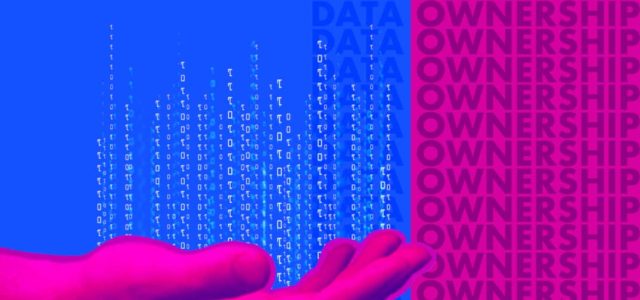Visioning team for Digital Transformation
The author leverages the CHAMPS2 method for Visioning and detailing Outcomes and Future Operating Model for Digital Transformation. To beging with identify key stakeholders within and from outside the organization who are capable of looking into the future to see the transformational potential:
- Members who have significant influence on the success of the transformation
- Are independent SMEs
- Are technology experts
- Team that understands and have hands-on experience on Digital Coverage: CRM, Content Management, E-Commerce
- Team that understand and have hands-on expertise on Digital Capabilities: Social, Mobility, Analytics, Cloud and Internet of Things
Define vision
- Define what the future will look like (the vision statement) and what the overall transformation should be aiming for (the outcome)
- Hence Vision is a description of the future in the form of a Vision Statement and Outcomes
Engage Visioning team
Identify stakeholders: Extend stakeholders, now, beyond key stakeholders. Include:
- Customers
- Governance (finance, auditors)
- Groups with influence (trade unions, media)
- Providers (suppliers, business partners, project staff)
Identify customer (detailed) needs and critical parameters to value
- Expectations
- Problems
- How they use the services and products
Visioning session
Unconstrained visioning
- The future is described in terms of the customer experience and not the current internal processes
Agree business imperatives
- Unconstrained visioning may potentially have generated a large number of ideas
- This activity will help to focus on Must Haves (business imperatives) and Must Dos (business processes)
Develop Vision Statement
- Vision statement is a broad, aspirational image of the future that an organization is aiming to achieve
- Expresses an ultimate and not necessarily realistic, goal for transformational change
Develop detailed outcomes
- Unlike vision statement, the outcomes should be realistic and achievable
- Outcome is a result of change and it’s effect on customer, employees and efficiency
- Outcomes are linked to specific services and customer groups. Therefore the development of outcomes should be done by individual business areas based on:
- Vision statement
- Strategic outcome
- Customer experience drivers
- Business area imperatives
- Real world constraints
Understand current operation & business
- Processes: explore process effectiveness and efficiency and how well processes align to organizational strategy. Detailed process map not required at this stage.
- Organization: gain high-level understanding of the functions performed by different organization units. Explore decision making processes, controls that are in place, key roles and responsibilities and overall culture
- Technology: review hardware, software, networks, applications
- Business performance: Information on business area’s performance metrics and high-level costs (e.g. customer satisfaction, meeting delivery targets, resource utilization)
- Business issues: Pain-points and trigger-events
- Current capabilities: Organization structure. Skills, capacity and culture. Process efficiency and effectiveness. Technology.
Develop Future Operating Model
- Describes the key components of the future organization, including the key processes, organization structure and technology platforms
- The guiding principles for the FOM should reflect the leader’s philosophy about the business. Example: Service may change from Reactive to preventive; Product-driven to customer-driven
Principles of Future Operating Model may include decisions on:
- The extent to which processes should be concentrated or fragmented
- Decision making should be central or delegated
- Whether multi-skilled or specialist jobs are required and what levels of empowerment should be sought
- Identify key components of the future business (e.g. customer contact centre, service delivery)
- Define the relationship between these components (e.g. how the customer is contacted informs knowledge about the customer)
- Identify the key differences against the current operation (e.g. shift ownership of customer requests from back office team to front-line staff)
- Once key functions have been agreed, Future Operating Model can be developed:
-
- Processes: Identify key processes within the future operation
- Organization: Define conceptual organizational design and how principles such as centralization vs delegation etc. have been applied
- Technology: outline key technologies that will be needed to support the future operation
Article by channel:
Everything you need to know about Digital Transformation
The best articles, news and events direct to your inbox
Read more articles tagged: Featured






